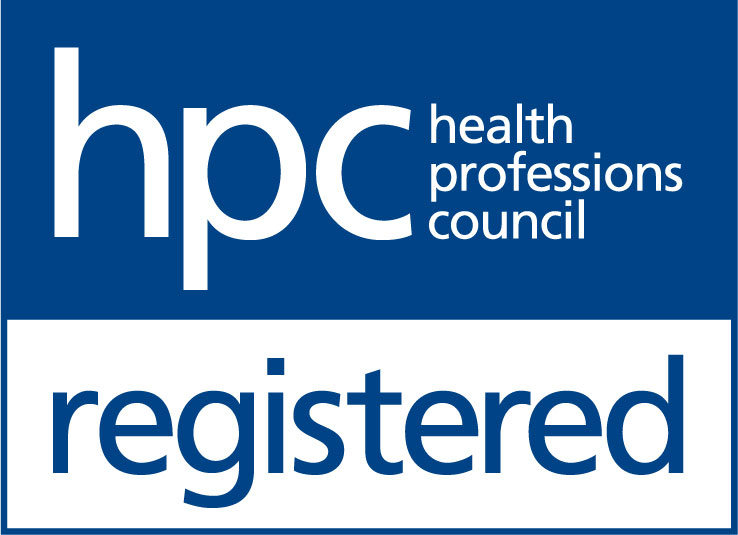Keeping your joints healthy as you get older has lots of benefits, including better mobility and less chance of joint pain. Although most people experience some “wear and tear” on their joints, there are plenty of things you can do to protect your joints.
Stick to a healthy weight
Carrying extra weight will put additional force through your joints, particularly your hips, knees and ankles. This leads to more wear through the cartilage (cushioning) inside your joints. Keeping a healthy weight will reduce this force, protecting your joints. This link gives some good advice on maintaining a healthy weight.
Move your joints
Making sure your move your joints through their natural range will prevent them from getting stiff. It’s a good idea to move regularly during the day, making sure you don’t stay in one position for too long. Exercises such as swimming, walking or stretching will also help too.
Work on your strength
As we get older, our muscles start to lose strength. However, research has shown that regular resistance training on your major muscle groups, using weights or your own body weight, will help you keep strong. Strong muscles will help to protect your joints. In addition, putting weight through your bones helps to increase their density, making them stronger.
This link gives some good ideas for exercise.
Be aware of your posture
Although everybody’s posture varies, it is important to remember that our joints work best if we move regularly. Be careful of repetitive movements and make sure you are lifting objects safely.
Have a balanced diet
This link gives advice on a balanced diet. Eating healthily will help you to lose weight. Lean protein helps you to build your muscles. Foods with plenty of calcium and vitamin D, such as dairy and green leafy vegetables, will help increase your bone strength.
If you find that your joints are causing you pain or affecting your mobility you may benefit from a Physiotherapy assessment. At Severn Physiotherapy we off home visits and can holistically assess your needs. Get in touch if you’d like any more information.
All information contained in this post is general; we encourage you to seek individualised assessment and treatment from a relevant healthcare professional. We endeavour to regularly review our posts to make sure all information is in accordance with recent guidance and research.



